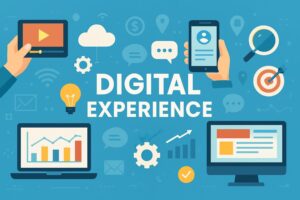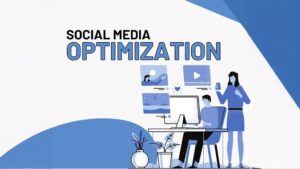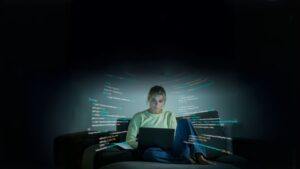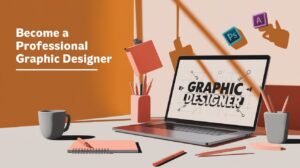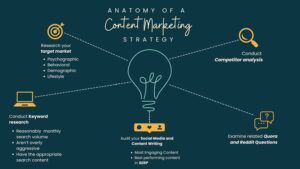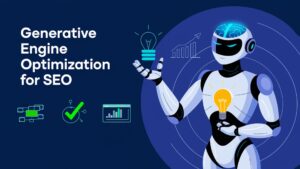What is AI Art?
AI Art is the art produced or enhanced by AL algorithms, that examine existing styles, patterns, and compositions and generate entirely new designs, simulating human creativity. With AI-based tools like Deep Dream and DALL·E, artists and designers can create amazing pieces of art that extend human creativity. The rise of AI has also meant greater and greater significance in graphic design, reshaping the very onset of how artists work.
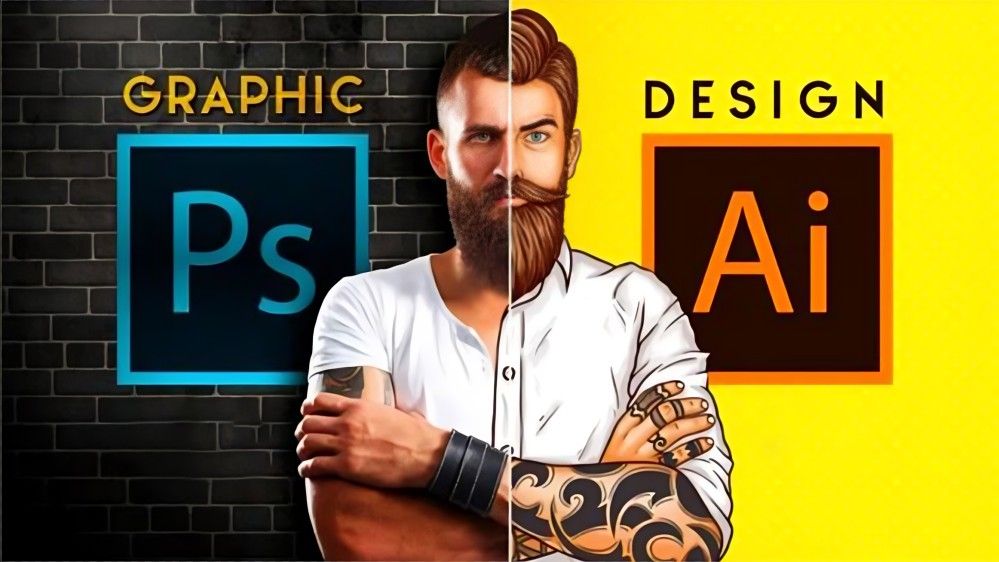
How Powerful is AI in Graphic Design?
Graphic design has witnessed a tremendous overhaul under the aegis of AI, automating processes, enhancing creativity, and accelerating any necessary workflows. AI tools will generate unique layouts in a matter of seconds; suggest color palettes; and even automate the creation of a complete set of branding materials. AI is improving every day, with machine-learning capabilities that help it learn from user inputs and evolve most effectively to accommodate design needs. The ease of use in creating decent content through AI graphic design generators for laymen has thrown up debates about their future impacts.
The Evolution of Graphic Design with AI
Graphic design has dramatically changed with the advent of AI. From hand-drawn sketches to digital vector graphics and now AI, graphic design continues to innovate. It makes it much more efficient with fewer errors, thereby redefining new means of artistic creativity allowing an artist to approach and produce something as a beginner, too. AI art in an artist is greatly controversial—where some feel it’s their way of assistance, others believe it’s going to tear everything down because people can create professional images within seconds.
Future of AI in Graphic Design
AI in graphic design seems to be on a bright path with machine-learning and deep-learning developments augmenting the creative powers of AI. One can source the topics of the design arena with AI working its way into brainstorming, drafting, and cleaning up with the designer. In the next couple of years, expect AI-enabled personalized design, automated branding solutions, and enhancements to real-time collaboration. While AI graphic design generators provide efficiency, they also raise ethical concerns about originality and ownership.
Creation of innovation and smart layouts
AI is pushing innovation through intelligent layouts that align with the tastes of the users and industry guidelines. Tools like Canva and Adobe Sensei use AI for layout suggestions, spacing optimization, and other factors that make an overall design beautiful. Such innovation helps designers move away from adjustments and instead engage in storytelling and branding. Nevertheless, questions persist about whether formulaic thinking through AI can replicate human intuition.
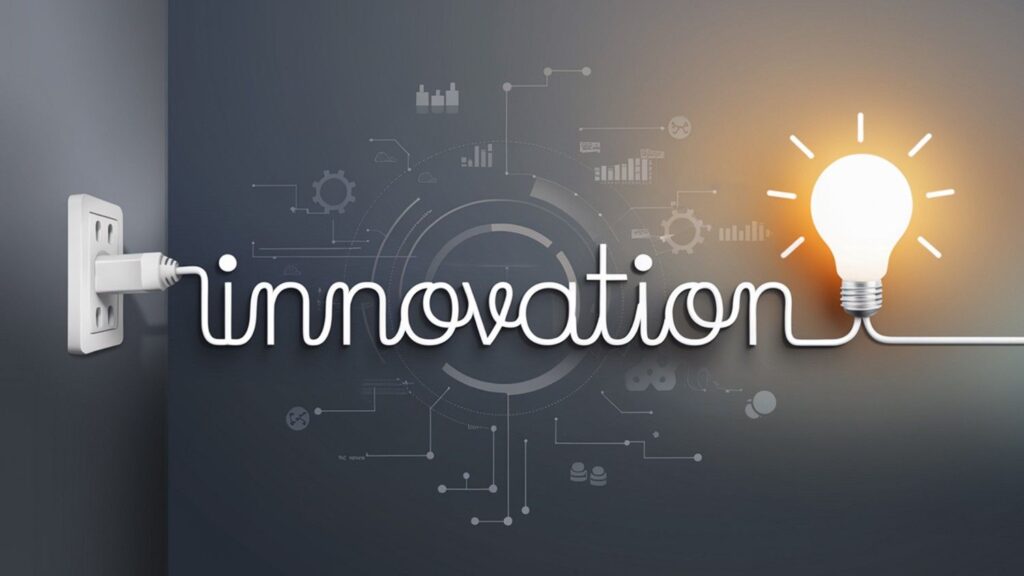
Improve Design Quality with AI
AI helps enhance the quality of design through color correction, removal of backgrounds, and refining compositions. Through these enhancements, AI-driven results become consistent, balanced, and aesthetic, hence giving designers the best possible outcomes without much struggle in trying to meet professional standards. Even though AI enhances efficiency, some designers believe that AI makes it lose its personal touch factor that gives art a certain uniqueness.
Benefits of Artificial Intelligence in Graphic Design
- Time-Saving: Speed and automation clearly meet the design needs.
- Creativity: Provides ideas and layouts that stimulate creativity.
- Cost-Effective: Reduces dependence on several software tools and manual work.
- Accessibility: Brings design to beginners with AI-assisted tools.
- Scalability: Designs generated by AI can be used in different formats and media easily.
How AI Can Influence Graphic Designer’s Careers
AI is not replacing designers but reshaping their roles. AI allows designers to automate repetitive tasks, generate designs in many variations, and enhance creativity through smart tools. The result is that graphic designers now get to work more on strategy, storytelling, and conceptual development, instead of nitty-gritty work. However, concerns remain about whether AI will reduce demand for skilled designers in the long run.
Will AI Replace Graphic Designers?
AI will not fully replace graphic designers. Though AI is advancing fast, it is unlikely to take over the profession. AI can do automation, pattern recognition, and template-based design, but human creativity, storytelling, and emotional intelligence are irreplaceable. Designers who adapt to AI will find it a powerful ally rather than a competitor. Still, some believe that AI threatens traditional design jobs by making graphic creation more accessible to the general public.
When did AI Art gain popularity?
With development in the area of neural networks and deep learning, AI art has gained much fame since the mid-2010s. Applications like Deep Dream, DALL·E, and Runway ML have played a vital role in AI artwork’s acceptance. While these AI art tools are used by amateurs to create art from digital media, the art world has excitedly and violently protested their very presence.
Conclusion: AI and Graphic Design
AI has revolutionized graphic design, offering amazing tools for enhanced creativity and efficiency, with entirely new doors for designers being opened. However, the debate continues; artists wonder whether AI-generated material can be called art. AI graphic design generators allow easy designing but definitely raise ethical concerns regarding the consequences for human designers. Depending on the context in which it is used, AI artwork can have both good and harmful effects on artists. With AI as the new ally but human creativity in control, the work of designers will take new heights, maintain competitiveness, and expand artistic expressions.

